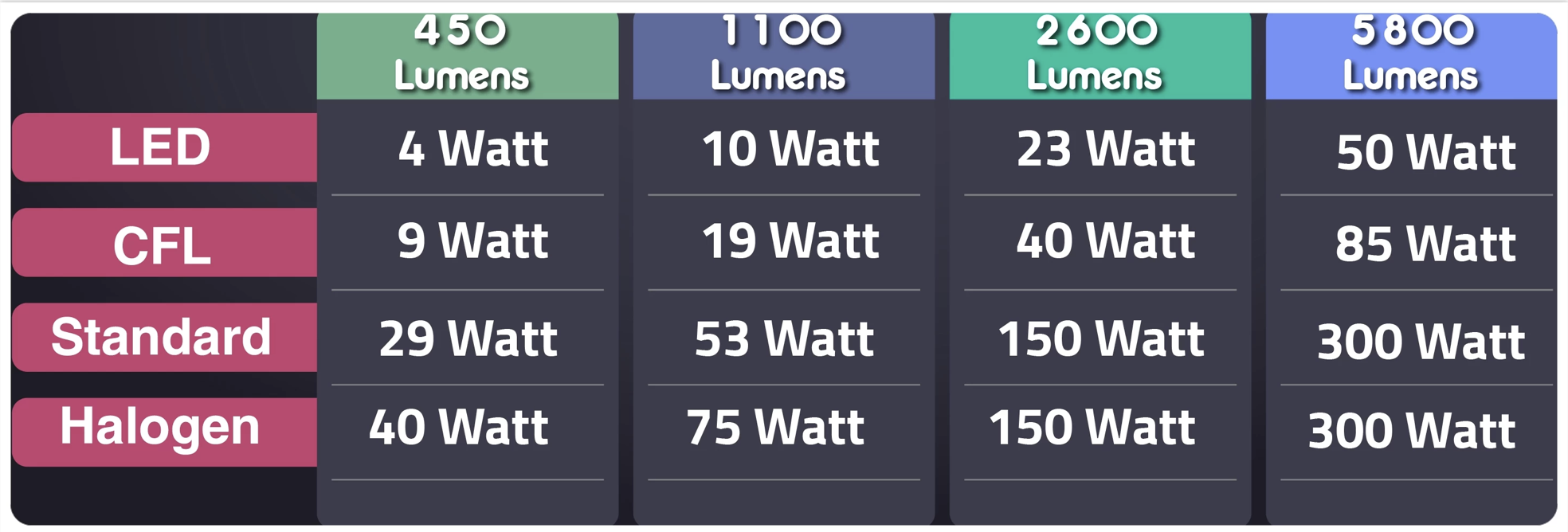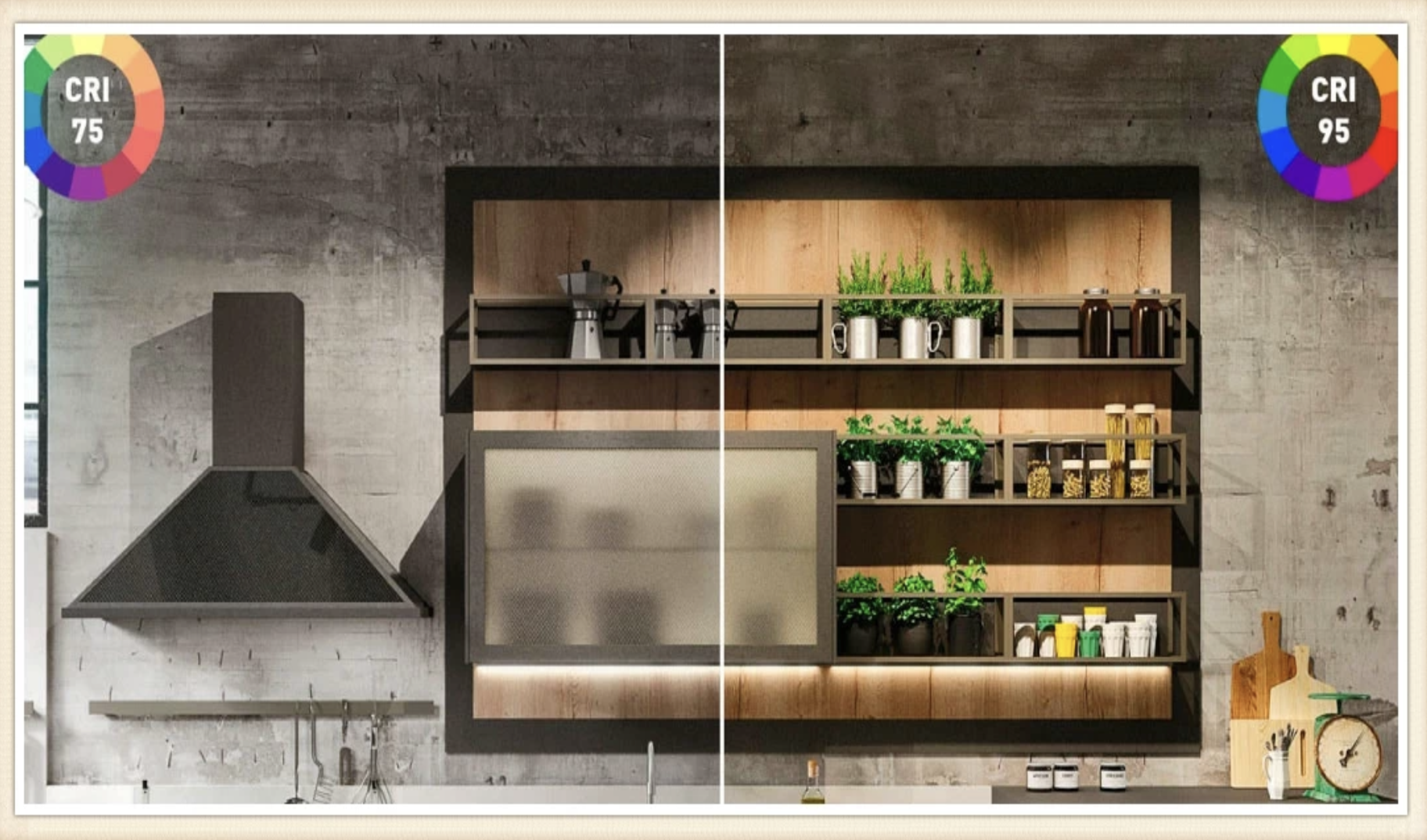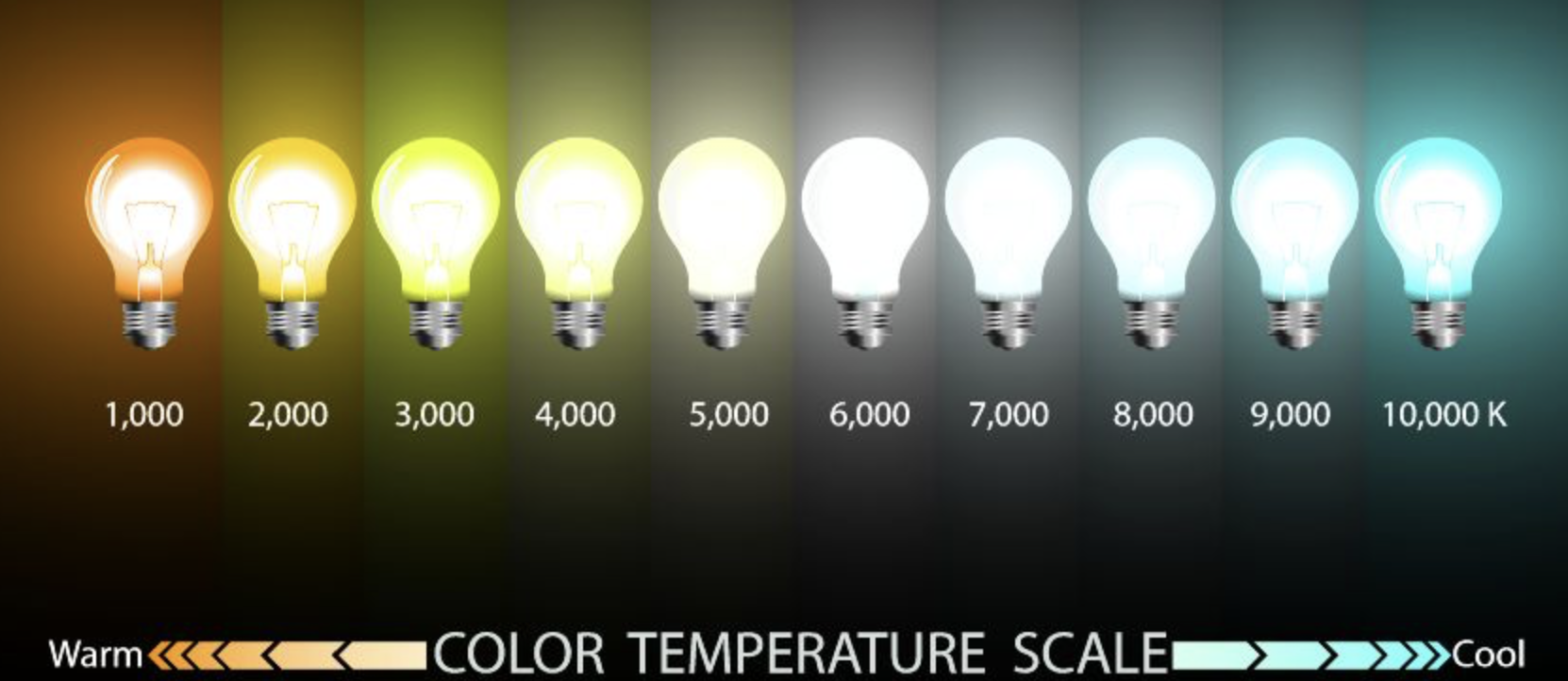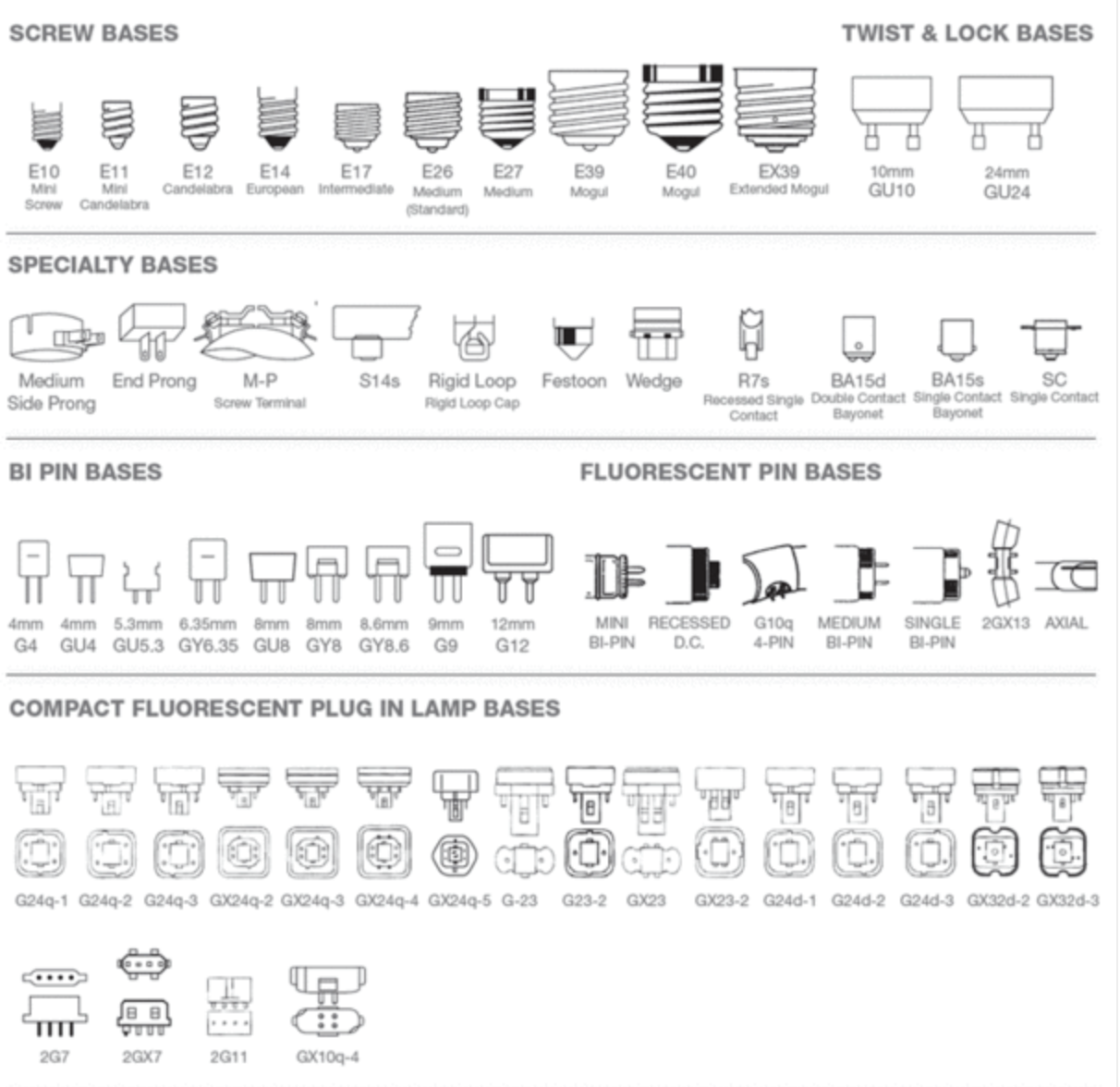The effect of different lighting on your psychological state
Did you know that the lighting you are exposed to affects your psychological state?
Yes, there are many studies proving that lighting affects appetite. You may eat less in bright light, while feeling hungrier in dimly lit rooms. Therefore, in this article, we will discuss the effect of each type of lighting on your psychological state.
First: The effect of bright lighting (yellow light)
It gives a feeling of warmth, but you should avoid being exposed to it too much, as it may increase your feeling of tension.
Second: The effect of white light
Daylight-like white light can make you feel focused, increase your energy, and make you happier.
Third: The effect of blue lighting
Blue light makes you more alert and increases your productivity during the day, but it is not suitable at night as it makes it difficult to sleep.
Fourth: The effect of dim lighting
Dim lighting helps you sleep and relax and can be used to give you a romantic feeling.
In the end, we must say that each color and lighting level has a specific use and it is best to use more than one different type of lighting depending on the purpose.
What is the difference between lumens and watts?
Lumens are the measure by which we measure the brightness of an LED bulb or light fixture. If you're looking for bright lighting fixtures, lumens are key to choosing the perfect piece for your lighting.
short...
Lumens equals brightness!
More lumens equals more brightness and vice versa.
Watts are a measure of how much energy is used, not how bright the light is. Thanks to energy-efficient LED technology, we no longer rely on wattage to indicate how bright a bulb is.
See how to measure lumens below:

What is color rendering index?
Color Rendering Index
CRI is an index of light regarding how and how it affects color appearance.
Color Rendering Index and Luminance
The type of bulb you use in your space can have a profound impact on the way it looks. This is often attributed to something known as the color rendering index.
This index measures the ability of a light source (luminaire) to detect the colors of objects in contrast to a natural light source, such as filtering light from the sun through windows.

CRI Selection for Lighting Fixtures
CRI plays a crucial role when it comes to choosing the right light bulbs for your home. This index helps ensure that everything looks great, so that decor, paint colors, and furniture look their best. This gives you a greater visual enjoyment when performing a task such as reading, watching TV, browsing a book, or preparing food in the kitchen.
Therefore, the CRI scale became more widely used as LED lighting began to spread into homes. Many manufacturers of modern light bulbs now include "lamp specifications" on the packaging to inform consumers of the bulb's characteristics, including color rendering index (CRI), lumens, wattage, and efficiency ratings.
Finally, our experts recommend choosing lighting with a high CRI rating to achieve more accurate color reproduction in your home.
What is Kelvin or color temperature?
What is meant by color temperature (Kelvin)?
It is a scale that determines how hot (warm) yellow or cool (blue) light from a given source is. It is measured in Kelvin and is symbolized by the letter K.
The higher the "K" number, the cooler the light and the lower the K, the warmer the light.

How do you choose the right color temperature for you?
Depending on the shape and appearance we want and the nature of the space, we choose the color temperature. The following information helps you get an idea about the different color temperatures:
2700K-3000K yellow
This is one of the most common and widely used color temperatures today.
Perfect for rooms intended for relaxation, such as bedrooms and living rooms.
3000K warm white
This color lies between warm yellow and cool white.
It is considered a versatile temperature and can be used in crowded rooms such as waiting rooms, parties, offices, and schools.
4000K cool white
The light it emits provides clear, bright illumination, making it ideal for spaces that require focus and clear lighting, such as workspaces and kitchens. It's also excellent for bathrooms, as it doesn't cast any unwanted color, making applying makeup much easier.
6500K - Daylight
It's called daylight because its light resembles natural light on a cloudy day. This color is best avoided in bedrooms and living rooms and can be used instead in areas where accurate color vision is required, such as retail stores, showrooms, and workplaces.
Don't forget that you can shop for lighting units in all different temperatures through the Tayar Tech Lighting Store at reasonable prices and unparalleled quality.
Learn about the types of light bulb bases.
When it comes to talking about light bulbs, many questions arise, perhaps the most important of which are the following:
What is the base of a light bulb?
What are the different types of light bulb bases?
Light bulb base:
A light socket or lamp holder is a device that mechanically supports a lamp and provides electrical connections for a compatible light bulb. The socket makes it easy and safe to install and remove lamps.
Different types of light bulb bases:
To shop for the right lamp, you must first know the type of lamp base, especially the technical name of the base you require. There are dozens of basic types of light bulbs. To find out what type of lamp base you need, use this guide to identify the different types of lamp bases.

What types of IP ratings are there in lighting fixtures?
IP65: Dust resistant and protected against low pressure water jets.
IP66: Dust resistant and protected against strong jets of water.
IP67: Dust resistant and protected against limited depth and duration of immersion in water.
IP68: Dust resistant and protected against full immersion in water.
The higher the number, the higher the degree of protection.
Low IP ratings IP44 ~ IP20 are suitable for:
- For indoor use
- Inside enclosed lighting products
High IP ratings IP68~IP44 Suitable for:
- Unclosed outdoor spaces
- Places with heavy traffic
- High contact areas
Wet sites
Now you can choose products with an IP that suits you.
The importance and advantages of LED lights
LED lights are the most popular on the market today, along with incandescent fluorescent lights.
In this article, we will learn about the importance and advantages of this type of lamp.
The importance of LED lighting
Of all the types of bulbs, LEDs have proven to be the most energy-efficient available. They use at least 75 percent less energy than traditional incandescent bulbs and last 25 times longer.
LEDs even outperform CFLs in efficiency, due to the shorter lifespan of CFLs.
LEDs are more efficient than all types of incandescent and fluorescent bulbs because they focus light in a targeted direction—rather than scattering it in all directions—and they don't emit significant amounts of heat. Unlike incandescent and CFL bulbs, which release most of their energy as heat, LEDs are more efficient than fluorescent bulbs.
Advantages of LED lights
- Environmentally friendly as it is non-toxic and does not contain elements such as mercury, lead or cadmium, and it is also recyclable.
- Reduces energy consumption and thus saves on the electricity bill.
- Durable quality because they are made of extremely durable materials that can withstand even the toughest conditions. A prime example of this is the Hummer brand headlights.

